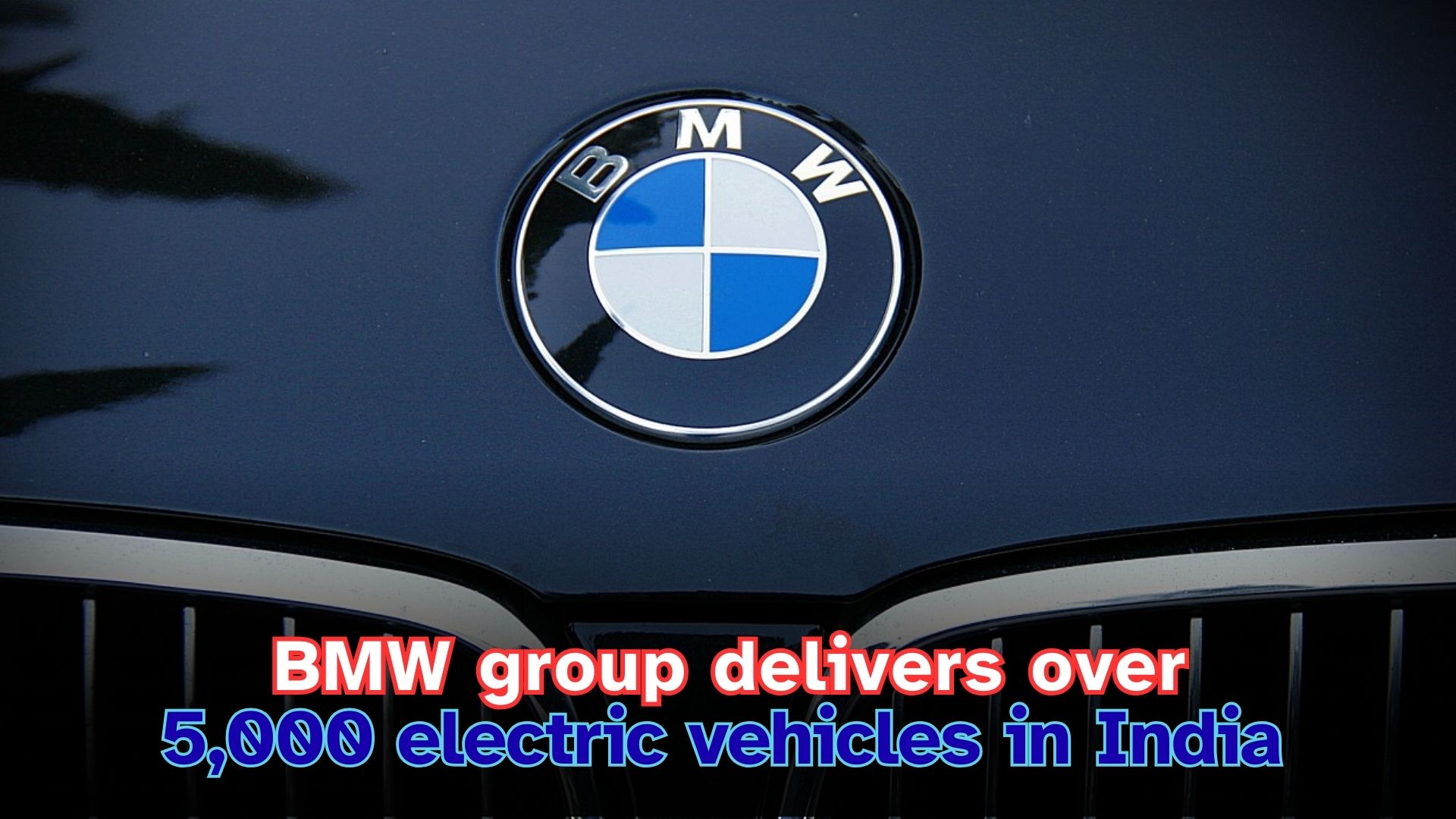The Indian automobile market is poised for a significant price correction, especially in the premium segment. After the announcement that small hatchbacks would become more affordable with revised Goods and Services Tax (GST) slabs, it now appears that larger SUVs and premium sedans may also witness a steep price drop. At present, these vehicles fall under the highest GST slab of 50 percent, but the government is working on reducing this rate to 40 percent.

If the change is implemented, the reduction could make luxury SUVs and sedans considerably cheaper, potentially reshaping consumer buying patterns in the premium car market. The final decision is expected to be taken at the upcoming GST Council meeting, which will be chaired by Union Finance Minister Nirmala Sitharaman.
Current Tax Structure for Big Cars and SUVs
Under the existing GST framework, cars and SUVs classified as “luxury” vehicles attract the highest tax rates in the automobile industry. The present structure includes:
-
28 percent GST base tax
-
22 percent compensation cess
Together, these add up to 50 percent, making premium cars and SUVs some of the most heavily taxed consumer products in India. This has often been a point of contention between automakers and policymakers, as high taxation raises the retail price significantly.
Summary Table
Key Detail |
Information |
|---|---|
Current GST on SUVs and big sedans |
28% base tax + 22% cess = 50% |
Proposed GST revision |
Flat 40% without additional cess |
Expected price drop |
8–10 lakh on premium SUVs and sedans |
Government stance |
Likely to remove cess and maintain 40% GST |
State governments’ view |
Demand for continued cess on luxury cars |
Final decision timeline |
Upcoming GST Council meeting chaired by FM Nirmala Sitharaman |
Official reference |
Proposed GST Revision and Its Impact
The government is reportedly planning to revise the tax slab and lower the overall GST on large vehicles from 50 percent to 40 percent. A 10 percent reduction is expected to substantially decrease prices, allowing luxury car buyers to save several lakhs of rupees depending on the model.
For instance:
-
A luxury sedan priced at Rs 50 lakh (ex-showroom) could see a price drop of Rs 4 to 5 lakh.
-
Premium SUVs in the Rs 70 lakh–Rs 1 crore bracket may become more affordable by Rs 7 to 10 lakh.
This move could encourage more buyers to enter the luxury car market, giving a much-needed boost to the segment that has been struggling with high taxation and lower demand.
The Role of Compensation Cess
When GST was implemented in 2017, a compensation cess was introduced to offset the revenue losses of state governments. This cess was always intended as a temporary measure, valid for five years. With the period now ending, the government is keen to rationalize the taxation structure by removing the additional cess entirely.
Sources suggest that the cess will likely not continue beyond its original term. Instead, the government plans to maintain a flat 40 percent GST rate on big SUVs and sedans, without any extra levies.
State Governments’ Demands
During a recent ministerial panel discussion, several states pushed for retaining an additional cess even if the base GST rate is reduced. They argued that premium SUVs and luxury sedans are high-value items and can contribute significantly to state revenue if taxed higher.
However, central government insiders indicate that the aim is to simplify taxation and bring more transparency. A uniform 40 percent GST, without additional cess, is expected to streamline compliance while also supporting automobile manufacturers.
Market Reactions and Industry Expectations
Automakers and industry experts have welcomed the possibility of lower GST rates. The luxury car segment, led by brands like Mercedes-Benz, BMW, Audi, and Jaguar Land Rover, has long been vocal about the high tax burden in India compared to global markets.
If implemented, the move could:
-
Boost demand in the luxury car segment.
-
Attract more global manufacturers to invest in India.
-
Improve overall automotive sector growth, which has been recovering post-pandemic.
Analysts believe this could be a game-changer for both manufacturers and consumers, aligning the taxation structure closer to global standards.
When Will the Final Decision Come?
The final decision on the revised GST slabs is expected at the next GST Council meeting, which will be chaired by Finance Minister Nirmala Sitharaman. The council will weigh state government concerns against the central government’s goal of simplifying tax rates.
If approved, the revised rates could be notified in the upcoming fiscal cycle, with changes likely to take effect in the following months.
Frequently Asked Questions (FAQs)
Q1. What is the current GST rate on SUVs and sedans in India?
A. Currently, big SUVs and sedans attract a total tax of 50 percent, which includes 28 percent GST and 22 percent compensation cess.
Q2. What will be the new GST rate after revision?
A. The government is considering reducing the total GST rate to 40 percent with no additional cess.
Q3. How much cheaper will luxury SUVs and sedans become?
A. Depending on the model and price range, cars could become 8 to 10 lakh cheaper after the GST revision.
Q4. Why was the cess imposed in the first place?
A. The compensation cess was introduced in 2017 to compensate states for revenue losses due to GST implementation. It was meant to be a temporary measure for five years.
Q5. When will the new GST rates be implemented?
A. The revised rates will be discussed and finalized at the upcoming GST Council meeting. If approved, they may come into effect in the next fiscal cycle.
Q6. Will small hatchbacks and entry-level cars also see price drops?
A. Yes, hatchbacks and smaller cars are also set to become cheaper by around 12–13 percent under the revised GST slabs.
For More Information Click HERE








